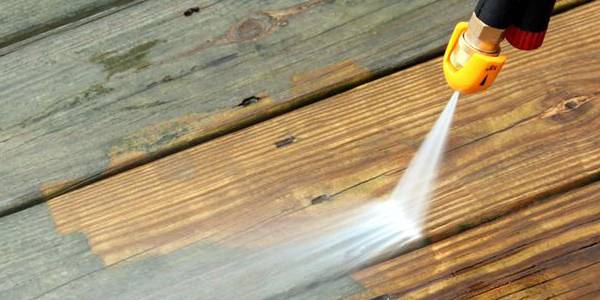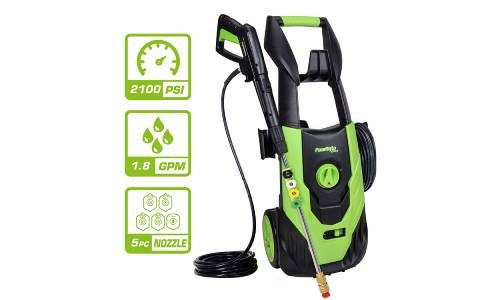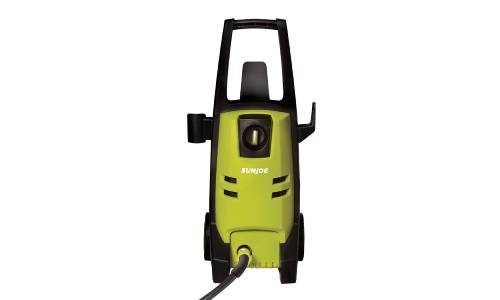Pressure washers are extremely handy tools to have whenever the urge (or necessity) to do heavy-duty outdoor cleaning strikes. Before you buy or rent one, learn all about them to ensure you select the right model for your project.
Things to Consider
Power Supply
Pressure washers receive their power from one of two sources: gasoline and electricity. Both have their downsides and benefits.
For most household jobs, a cheaper electric model should provide enough power for you to be able to adequately clean your house, car, deck, or driveway, as long as you have easily accessed outdoor outlets. For industrial jobs or jobs that need more power, a gas-powered pressure washer is probably the optimal choice.
Water Temperature
Think about the difference water temperature has when washing dishes. Hot water will cut right through grease and oil, while cold water, even with detergent, does very little. The same effect is present in pressure washers, just on a larger scale.
If you are only going to be removing dirt and grime, or cleaning wooden surfaces, a cold water pressure washer will get the job done. It might not clean as quickly as a hot water model, but it is also much cheaper and easier to use. For industrial jobs or jobs where there is a lot of oil and grease buildup, or if you live in an area that is usually quite cold (or if you want to use the pressure washer to melt ice and snow during the winter), then a hot water model is the best type to buy. Additionally, if you don’t mind the extra cost or complexity and want to reap the benefits of the speed offered by hot water pressure washers, they will definitely cut down your cleaning time tremendously.
The Steps You Should Take
- Decide if you need soap
If you are certain that you are only cleaning dirt and grime off of a surface, then all you need is water. However, if you suspect that there is mold, mildew, or anything else exceptionally nasty, then you will want to purchase a cleaner to use with your washer.
- Acknowledge and accept that you will get wet. Dress for it.
This is pretty self-explanatory, but still deserves a mention. You will get wet, so put on some shorts and a light t-shirt and enjoy it…..
- Prep your house
Lock and close all of your windows, double check them to make sure they are secure. You do not want to pressure wash the inside of your house by accident. Also, when you are spraying, avoid hitting the windows as best as you can; at such high pressures, water can seep in through the window’s edges and wet the house. You should also protect anything else that could possibly be damaged by high-powered streams of water, such as fixtures or landscaping elements.
- Test it on a small area
With the least powerful nozzle (usually the one labeled around 40) test the pressure washer on a small area of the house, then check to make sure that the stream of water did not damage the surface. Depending on the PSI, a water pressure can be able to cut into different surfaces, so this is important.
- Wash methodically
Wash in sections. Start from the top and make your way down to the bottom in one straight line, and then move over and start the process again. It is best to do it this way so that you ensure that you do not miss any spots. You will likely want to continue using the lowest-powered nozzle; the water may not come out as forcefully, but it fans out, allowing you to cover a wider area in less time. In most cases, this is all the power you will need to remove run-of-the-mill dirt and grime. However, if you have a particularly dirty, hard to reach area, switching to a more powerful nozzle is always an option, though it is best to go up in strength gradually.
- Do the entire house
Don’t just spot clean a few places on the outside of your house; if you are going to pressure wash your house, do the entire thing or else it will look extremely patchy. A pressure washer won’t restore a particularly dirty area back to the current state of the rest of the house—it will make it look close to new, while the rest of your house still looks like it does.
- Wipe the windows
Even if you do your best to avoid the windows, they will still be splattered with water or dirt, so make sure you clean your windows after you are done to avoid having streaks or spots dry on the panes and make them look dirty (especially when compared with your freshly pressure washed house).






